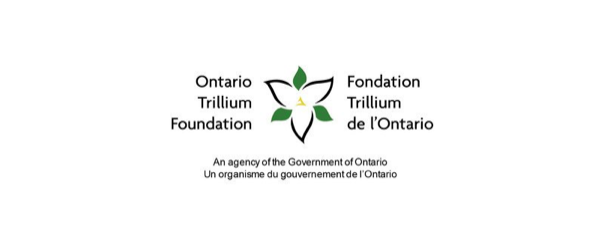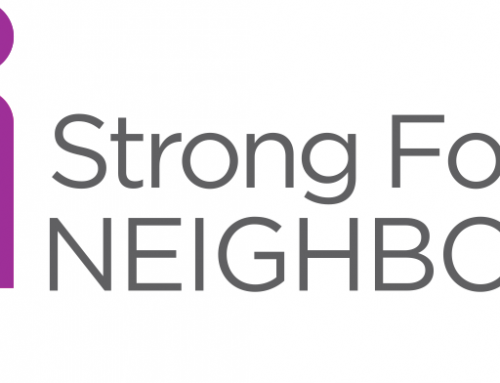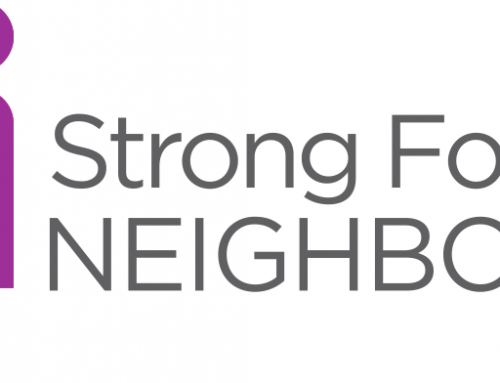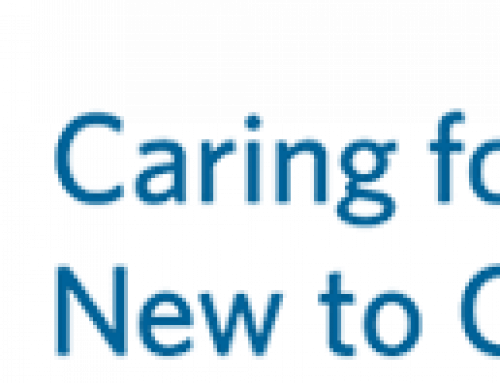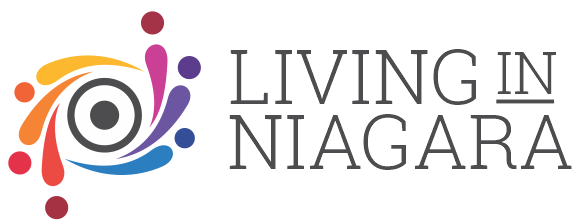“A Profile of Wellbeing” notes that living standards, economic, food and housing insecurity and precarity of work are major issues for many Ontarians.
In Canada, Ontario was hit hardest by the recession in 2008, and while Gross Domestic Product in the province has recovered since then, a new series of reports released December 13, 2016 by the Ontario Trillium Foundation, called A Profile of Wellbeing in Ontario, point out that there is room to improve, and the Foundation believes its impactful strategic investments will help.
To help answer the question, “How are we really doing?”, the Ontario Trillium Foundation – an agency of the Government of Ontario and one of Canada’s largest granting foundations – commissioned the Canadian Index of Wellbeing to produce five detailed reports of community wellbeing for the North, West, East, and Central regions, and for the city of Toronto.
“As a public agency, the Ontario Trillium Foundation wants to ensure we are directing our resources to where there is the most need, so that we can have the greatest impact. We wanted to take an evidence-based approach, so that we could demonstrate the value of our investments. Using an index like the Canadian Index of Wellbeing allows us to make granting decisions that will make the biggest positive change to individuals and to communities. Being able to track how we are really doing in Ontario is the first step towards leaving a lasting effect on the public benefit sector,” said Andrea Cohen Barrack, CEO Ontario Trillium Foundation, about the importance of the reports.
The CIW uses research to determine whether Canadians are making progress towards sustainable wellbeing in eight inter-connected domains, or categories – Health, Living Standards, Community Vitality, Environment, Leisure and Culture, Education, Time Use, and Democratic Engagement.
The United Nations and the Organisation for Economic Co-operation and Development agree – the true measure of a country’s progress must include the wellbeing of its citizens. The CIW shifts the focus from solely on the economy and Gross Domestic Product to include other critical domains of people’s lives.
“The Canadian Index of Wellbeing came about because too much emphasis was being placed on economic growth and not enough on wellbeing. Gross Domestic Product only measures economic productivity and does not measure social progress. There’s a global movement now looking beyond GDP, and that has helped foster the development of the CIW. We’ve created an Index that measures aspects of people’s lives that really do matter to them,” explained Bryan Smale, Director of the Canadian Index of Wellbeing at the University of Waterloo.
The Ontario Regional Reports contain information about crime rates, access to physicians, greenhouse gas emissions, stress rates, and commute times.
That is why OTF used the Index in the creation of our Action Areas – the areas in which OTF focuses its investments. As OTF accumulates more data, these reports in tandem with other sources will help establish the best measure for OTF’s accumulated impact over the next decade.
“The Ontario Trillium Foundation deserves credit for having the vision to recognize that using a framework like the CIW to monitor progress in key areas was important to incorporate as part of its vision. Having this data will accelerate the work the Foundation can do. It will bring OTF closer to addressing issues of concern to people at a more localized level,” said Smale.
Watch OTF’s CIW explainer video: How are we really doing?
RESOURCES: A Profile of Wellbeing in Ontario
The North Region
The West Region
The East Region
The Central Region
Toronto
Backgrounder & Quick Facts
Ontario Trillium Foundation

